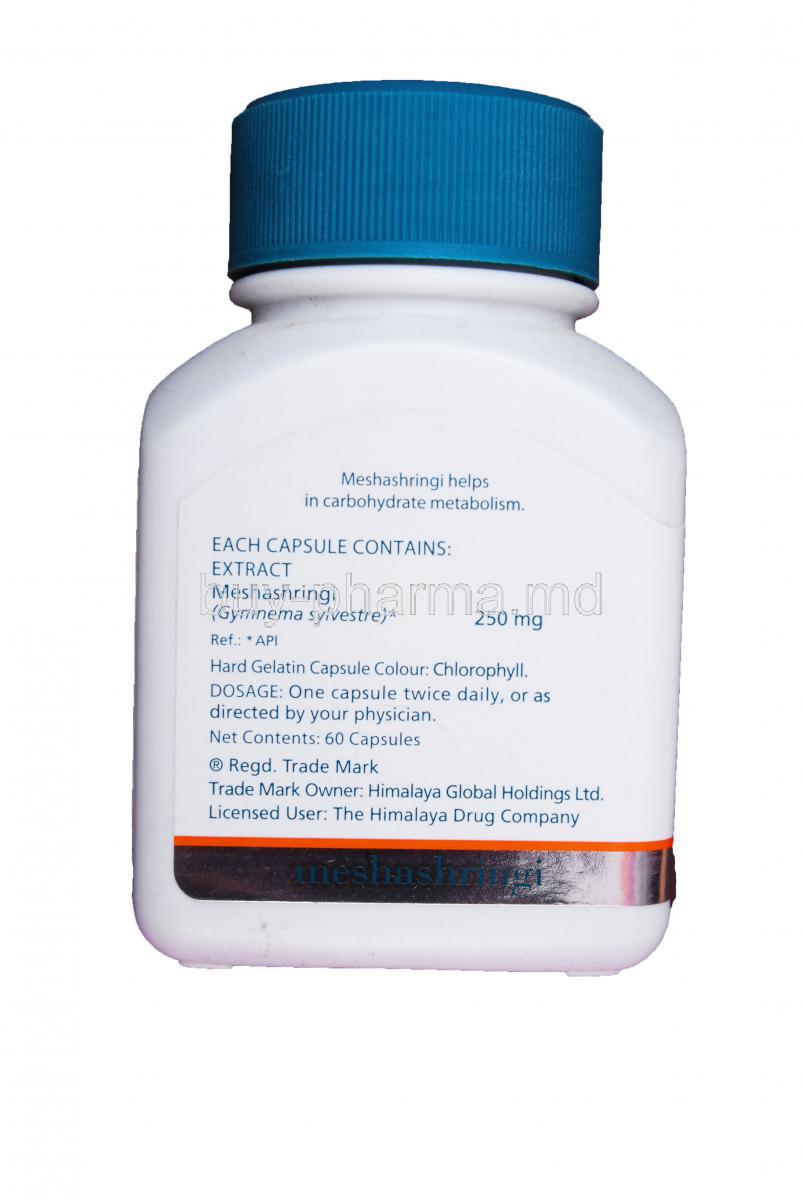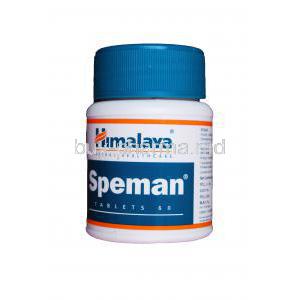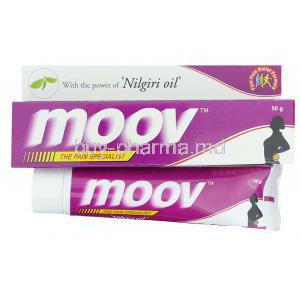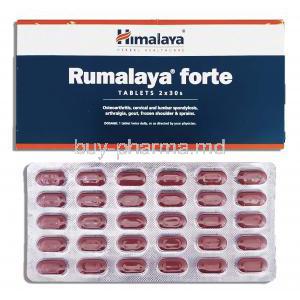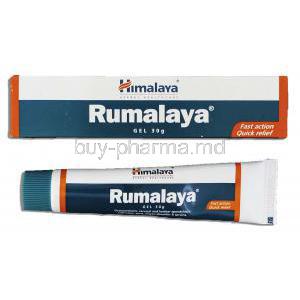Introduction to Himalaya Meshashringi
Meshashringi, known scientifically as Gymnema sylvestre, has been revered in Ayurvedic medicine for centuries as the "sugar destroyer." This climbing woody shrub, native to the tropical forests of India and Africa, has found a vital place in both traditional herbal formulations and evidence-based modern therapeutics. Recognized for its unique ability to modulate glucose absorption and influence metabolic processes, Meshashringi has become a popular natural aid for managing sugar levels.
Himalaya’s Meshashringi tablets are formulated with high-quality, standardized extracts to ensure consistency and efficacy. The product is positioned as a reliable herbal solution for blood sugar regulation, aligning with Himalaya’s long-standing reputation for safe, clinically studied botanicals.
By supporting glucose metabolism, reducing sweet cravings, and contributing to balanced insulin function, Meshashringi delivers multifaceted benefits. Its integration into wellness regimens underscores its enduring role in Ayurvedic practice and modern integrative medicine.
Composition of Himalaya Meshashringi Tablets
- Active Ingredient: Gymnema sylvestre leaf extract, the primary bioactive compound known for its gymnemic acids
- Standardization: Contains a fixed percentage of gymnemic acids for consistent pharmacological effect
- Excipients: Tablets may include stabilizers, binders, and anti-caking agents to ensure proper dissolution and shelf life
- Quality Assurance: Manufactured under GMP conditions, Himalaya ensures authenticity, purity, and sustainability in sourcing
Mechanism of Action: How Himalaya Meshashringi Works in the Body
Meshashringi exerts its metabolic benefits through multiple biological mechanisms:
- Glucose Absorption Blockade: Gymnemic acids temporarily inhibit the sugar receptors in the intestines, reducing postprandial glucose spikes
- Pancreatic Activation: Stimulates insulin secretion from pancreatic beta-cells, promoting endogenous glucose regulation
- Taste Modulation: Suppresses the ability to perceive sweetness, which may reduce sugar cravings and compulsive intake
- Systemic Metabolism: Exhibits hypoglycemic and lipid-lowering activity, contributing to improved insulin sensitivity and lipid profiles
Medical Uses and Health Benefits of Himalaya Meshashringi
4.1. Primary Uses
- Type 2 Diabetes Support: Helps in stabilizing blood sugar levels as part of a comprehensive diabetic care plan
- Glucose Tolerance Improvement: Aids in reducing insulin resistance and enhances glucose uptake
- Metabolic Syndrome Management: Acts as an adjunct in managing dyslipidemia, abdominal obesity, and elevated glucose
4.2. Off-Label and Traditional Uses
- Craving Control: Reduces the urge for sugary foods through taste receptor modulation
- Weight Management: Supports calorie restriction by lowering appetite and sweet preference
- PCOS and Insulin Resistance: Often utilized in women with polycystic ovary syndrome to support endocrine balance
- Liver and Lipid Support: Preliminary evidence suggests antioxidant and hepatoprotective potential
Dosage and Administration Guidelines for Himalaya Meshashringi
- Standard Dosage: Typically 1–2 tablets twice daily or as directed by a healthcare provider
- Administration Timing: Recommended to be taken before meals for optimal glucose regulation
- Duration of Use: Long-term supplementation may be advised for chronic conditions under medical supervision
- Dosage Modifications: Adjustments may be needed in patients with renal impairment or those on concurrent anti-diabetic therapy
Common Side Effects and General Tolerability
Meshashringi is generally well-tolerated when used within the recommended dosage. Some users may experience:
- Mild gastrointestinal disturbances such as bloating, gas, or nausea
- Transient episodes of hypoglycemia, especially when combined with prescription diabetes medications
- Fatigue or headache in rare cases due to altered sugar metabolism
Side effects are usually self-limiting and resolve with continued use or dosage adjustment.
Serious Side Effects and Rare Adverse Reactions
Though rare, the following adverse events may require medical attention:
- Severe Hypoglycemia: Symptoms include confusion, shakiness, or fainting, particularly in patients on insulin or sulfonylureas
- Allergic Reactions: Rash, itching, or swelling in those with known hypersensitivity
- Liver Function Abnormalities: Elevated liver enzymes have been reported rarely in sensitive individuals
Drug and Supplement Interactions with Himalaya Meshashringi
- Insulin and Oral Hypoglycemics: May have additive effects and increase the risk of low blood sugar
- Other Herbal Remedies: Caution when used alongside bitter melon, fenugreek, or berberine-containing products
- Fat-Soluble Medications: Delayed absorption may occur due to intestinal modulation
- Timing Guidance: It is advisable to separate Meshashringi intake from other medications by at least 1 hour
Warnings and Contraindications for Use
- Hypersensitivity: Contraindicated in individuals allergic to Gymnema sylvestre or any component of the formulation
- Unstable Diabetes: Not recommended in patients with brittle diabetes or uncontrolled blood sugar without close supervision
- Not a Replacement: Should not replace prescribed antidiabetic medications without physician guidance
- Gastrointestinal Conditions: Use with caution in patients with peptic ulcers, IBS, or malabsorption syndromes
Important Precautions Before and During Use
While using Himalaya Meshashringi, a strategic and cautious approach is crucial to maximize therapeutic benefits and prevent adverse outcomes. Regular blood glucose monitoring is paramount—both fasting and postprandial values should be tracked to assess efficacy and safety. This is particularly essential in patients concurrently using insulin or oral antidiabetic agents.
It is strongly advised not to discontinue any prescribed diabetic medications without the guidance of a licensed healthcare provider. Meshashringi is a supportive supplement, not a standalone replacement for clinical treatments. Any modification in treatment regimen should be gradual and supervised.
Integrating Meshashringi with appropriate lifestyle modifications enhances its effectiveness. A diet low in refined sugars, consistent carbohydrate intake, and regular physical activity form the cornerstone of metabolic health. Avoidance of processed foods and adherence to high-fiber, nutrient-dense meals may improve outcomes.
Meshashringi is currently under investigation in various clinical settings. For individuals participating in research trials or undergoing supervised integrative care, continuous evaluation is essential to tailor dosing and track long-term efficacy and safety metrics.
Careful Administration and Special Monitoring Requirements
Therapeutic administration of Meshashringi calls for precise and routine biomonitoring. Fasting and postprandial glucose measurements should be recorded consistently, especially in the initial weeks of supplementation. This enables early detection of hypoglycemic trends and supports evidence-based titration.
Long-term use may necessitate renal and hepatic function monitoring, especially in individuals with pre-existing conditions. Creatinine, ALT, and AST levels should be checked periodically to prevent organ burden or latent toxicity.
Patients on multiple concurrent medications—particularly the elderly—require careful evaluation to avoid herb-drug interactions. Meshashringi may potentiate or inhibit the pharmacodynamics of other antidiabetic or antihypertensive agents. Periodic medication reviews and dose adjustments may be warranted in polypharmacy cases.
Administration in Elderly Populations
Geriatric patients present unique challenges in phytomedicine administration. Doses may need to be individualized, taking into account age-related pharmacokinetic alterations such as slower metabolism and impaired renal clearance.
- Polypharmacy Concerns: The elderly are often prescribed multiple medications for comorbidities. Meshashringi’s effects may be amplified or diminished in the presence of such compounds, necessitating careful review.
- Risk of Hypoglycemia: Older adults may have a diminished response to hypoglycemic warning signs. Close monitoring is essential to avoid dangerously low blood glucose events.
- Hepatic Sensitivity: Liver enzyme levels should be evaluated regularly, especially in long-term users or those with a history of hepatic compromise.
Use During Pregnancy and Lactation
There is a paucity of robust clinical data supporting the safety of Meshashringi during pregnancy. Due to its glucose-lowering properties and potential to interfere with fetal glucose homeostasis, it is typically contraindicated unless deemed essential and used under strict medical supervision.
Animal studies remain inconclusive, and human trials are lacking, making risk-to-benefit assessment critical. Pregnant women should consult with their healthcare provider before initiating any herbal supplement, especially one with systemic metabolic effects.
Similarly, the excretion of gymnemic compounds in breast milk has not been thoroughly studied. Until clear safety data are available, it is advised to avoid Meshashringi during lactation, particularly when breastfeeding neonates or preterm infants.
Pediatric Administration Considerations
Meshashringi is not typically recommended for pediatric use unless explicitly directed by a pediatric endocrinologist or specialist. The absence of controlled pediatric studies limits understanding of its pharmacodynamics in children.
- Childhood Diabetes: Usage should be avoided unless part of a supervised trial or specialized treatment plan.
- Obesity and Insulin Resistance: In adolescents facing early-onset metabolic syndrome, cautious use may be considered under medical guidance, alongside dietary and lifestyle interventions.
- Dosage Clarity: Age-appropriate formulations and dosing thresholds are not well established, highlighting the importance of caution.
Overdose and Emergency Measures
An overdose of Meshashringi may result in significant hypoglycemia, particularly when combined with insulin or sulfonylureas. Symptoms may include:
- Profound fatigue or dizziness
- Confusion or disorientation
- Cold sweats, palpitations, or fainting
In such cases, rapid administration of glucose—via oral carbohydrates or intravenous dextrose—is required. Emergency medical services should be contacted without delay. The patient should be evaluated for recurrent hypoglycemia and advised on proper dosing thereafter.
Handling and Storage Instructions for Himalaya Meshashringi
Proper storage preserves the efficacy and safety of the product. Keep the tablets in a cool, dry place, ideally below 30°C (86°F), away from direct sunlight and moisture. Exposure to humidity or excessive heat may degrade active compounds.
Check the expiration date printed on the packaging. Do not use the tablets past their indicated shelf life, as potency and safety may be compromised.
Store the product in its original container with the lid tightly closed. Avoid transferring tablets to other containers to reduce contamination risk. Keep the product out of reach of children and pets to prevent accidental ingestion.
Expired or unused tablets should be disposed of responsibly. Follow local pharmaceutical disposal regulations or return to a pharmacy participating in medicine take-back programs.

